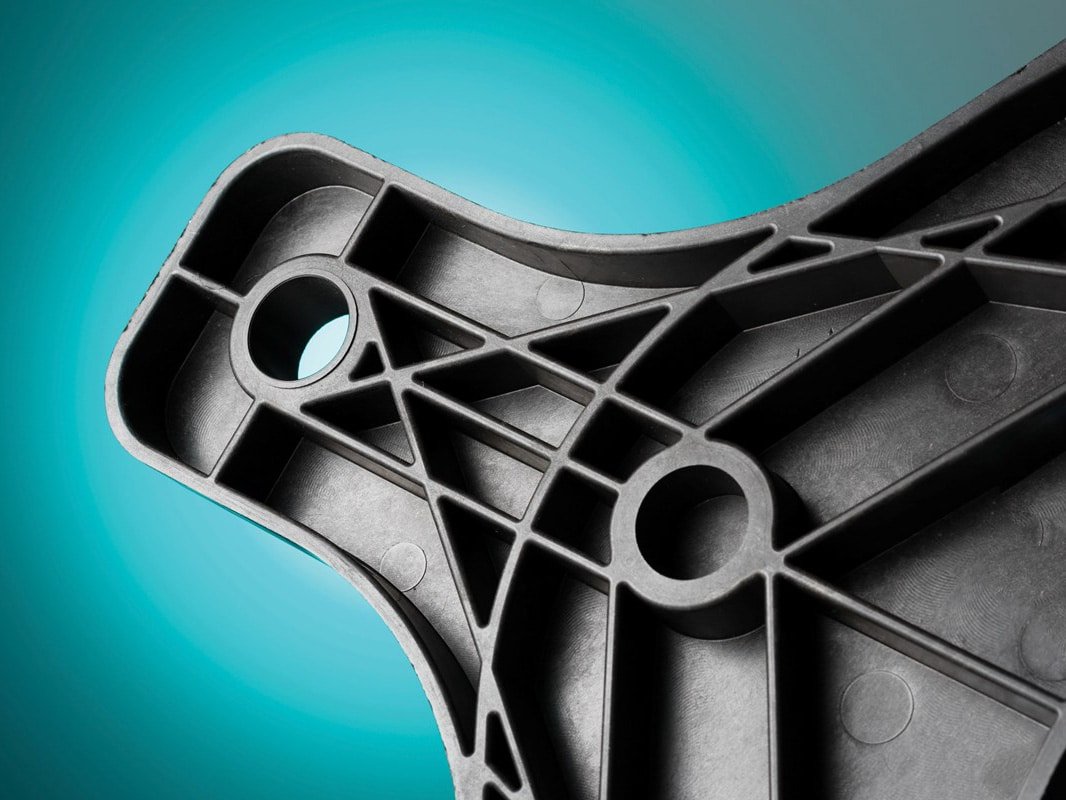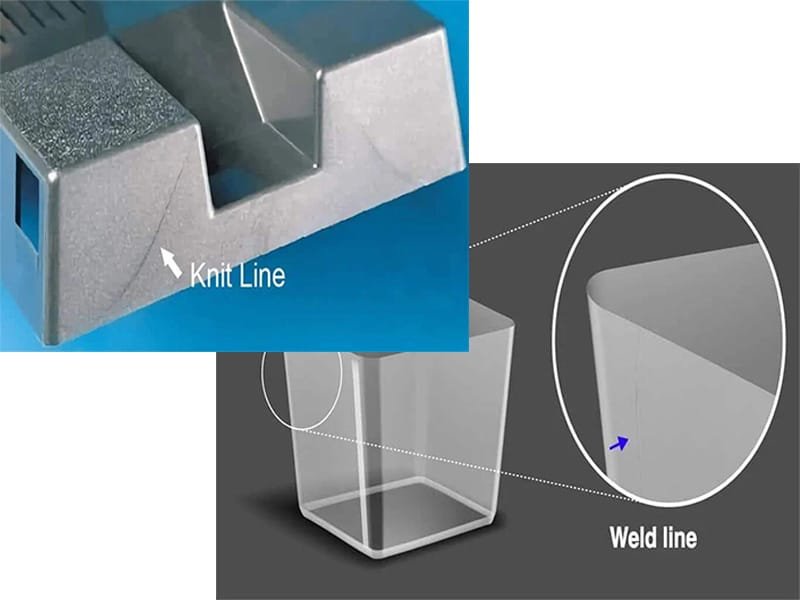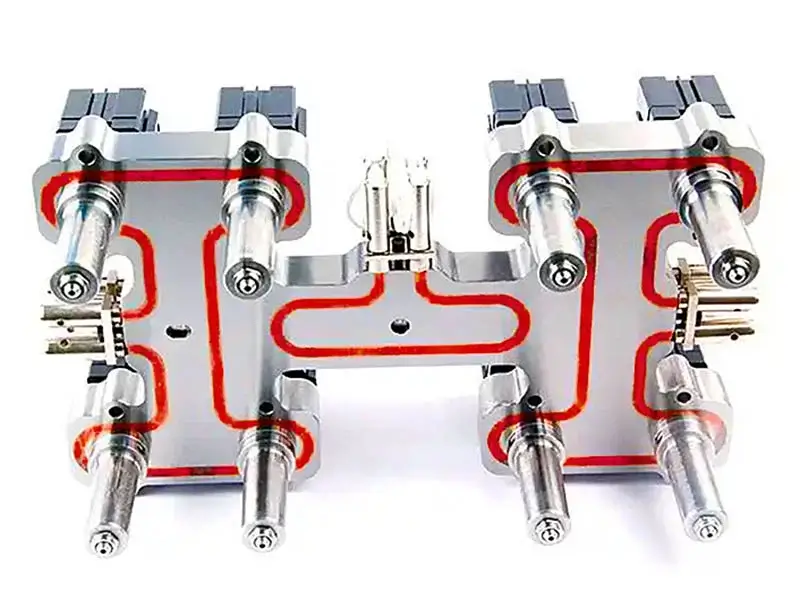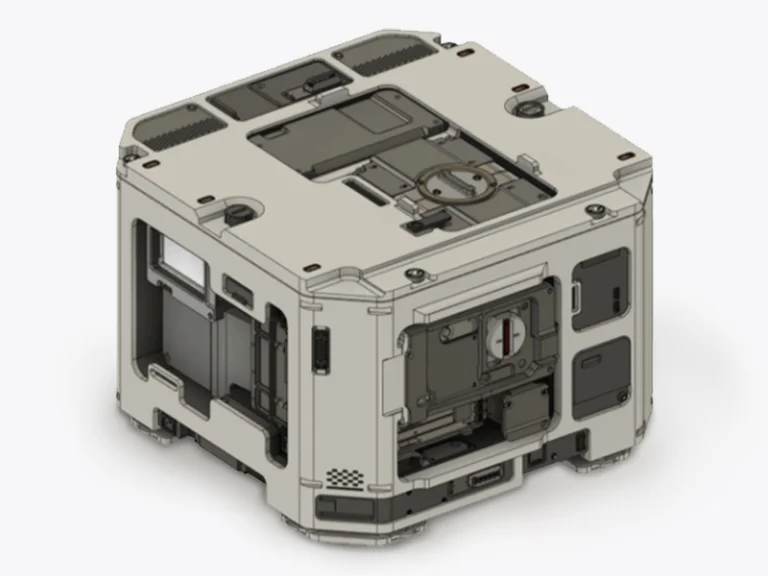High temperature plastic material, also known as heat-resistant plastics, are specialized advanced engineering materials designed to maintain their structural integrity and mechanical properties at elevated temperatures, typically ranging from 150°C to over 300°C. These materials have gained prominence in various industries due to their ability to withstand extreme operating conditions where traditional plastics degrade or deform. In this post, we will explore the common types of high temperature plastic and their advantages, applications and how to select High temperature plastic material.

What is the Meaning of High Temperature Material?
High-temperature materials refer to materials specifically engineered to maintain their mechanical, chemical, and physical properties when exposed to elevated temperatures. These materials are designed to withstand prolonged exposure to heat, typically above 200°C, without experiencing significant degradation, deformation, or loss of performance.
Key Features of High-Temperature Materials:
- Thermal Stability: They resist softening, melting, or breaking down at high temperatures.
- Mechanical Strength: Retain structural integrity under thermal stress.
- Chemical Resistance: Resist reactions with corrosive substances or breakdown due to oxidative or thermal aging.
- Flame Resistance: Often exhibit self-extinguishing or flame-retardant properties.
- Dimensional Stability: Maintain precise shapes and sizes despite thermal expansion or stress.
Applications:
High-temperature materials are crucial in industries like aerospace, automotive, electronics, medical, and manufacturing, where components are subjected to extreme heat or harsh environments. Examples include high-performance plastics (e.g., PEEK, PTFE), metals (e.g., titanium alloys, superalloys), and ceramics.
Their ability to endure harsh conditions makes them essential for reliability and longevity in demanding applications.
Different High-Temperature Plastics Feature and Applications
High-Temperature Plastic Materials Summary Table
| Material | Max Continuous Use Temperature | Key Properties | Common Applications |
|---|---|---|---|
| PPS (Polyphenylene Sulfide) | 220–260°C | High chemical resistance, excellent dimensional stability, flame retardant | Automotive parts, electrical components |
| PEEK (Polyether Ether Ketone) | 250–300°C | Outstanding mechanical strength, chemical and wear resistance, biocompatible | Aerospace, medical implants, bearings |
| PI (Polyimide) | 260–400°C | Superior heat resistance, low thermal expansion, excellent dielectric properties | Electronics, aerospace insulation |
| PEI (Polyetherimide) | 200–220°C | High strength and stiffness, good electrical insulation, transparent | Medical devices, electrical connectors |
| PTFE (Polytetrafluoroethylene) | 260°C | Exceptional chemical resistance, low friction, non-stick properties | Seals, gaskets, cookware coatings |
| PPSU (Polyphenylsulfone) | 180–220°C | High impact strength, sterilizable, hydrolysis resistant | Medical devices, plumbing fittings |
| LCP (Liquid Crystal Polymer) | 220–240°C | Excellent strength at high temperatures, low thermal expansion, chemical resistance | Electronics, connectors, microwave components |
| PAI (Polyamide-imide) | 275–300°C | High mechanical strength, excellent thermal stability, wear-resistant | Aerospace components, high-performance gears |
How to Selection High-Temperature Plastics Materials
Selecting the right high-temperature plastic material for a specific application requires careful consideration of several factors. Here’s a guide to help you choose the most suitable material:
1. Temperature Resistance
- Consider Maximum Operating Temperature: Determine the continuous service temperature range the material will be exposed to. High-temperature plastics can tolerate temperatures from around 200°C to 400°C or more. Ensure that the material selected can handle the upper limit of your application’s thermal requirements.
2. Mechanical Properties
- Strength and Stiffness: Assess the mechanical strength and stiffness needed for your application. Some high-temperature plastics, such as PEEK, offer exceptional strength at elevated temperatures, while others may be better suited for low-stress environments.
- Tensile Strength, Impact Resistance and Fatigue: Consider whether the material needs to withstand high loads, impact, or cyclic stress.
3. Chemical Resistance
- Exposure to Chemicals: Identify any chemicals or harsh environments the material will encounter. High-temperature plastics such as PTFE, PPS, and PEEK offer superior chemical resistance to solvents, acids, and bases, which is important for applications in chemical processing, automotive, and aerospace industries.
4. Dimensional Stability
- Maintain Shape and Size: For applications requiring tight tolerances, select a material with low thermal expansion and excellent dimensional stability. This ensures that the plastic will maintain its shape even under high thermal stress.
5. Flame Retardancy
- Fire Safety: If the material will be exposed to flame or high heat, ensure it meets necessary fire safety standards. Many high-temperature plastics, such as PAI or PI, are inherently flame-retardant and meet stringent fire resistance certifications.
6. Electrical Properties
- Electrical Insulation: High-temperature plastics are often used in electrical and electronic components due to their excellent dielectric properties. If electrical insulation is a requirement, materials like PI, PEEK, and PEI are great options.
7. Wear and Friction Resistance
- Durability: Consider whether the material will be exposed to constant movement or friction. Materials like PEEK and PTFE have excellent wear resistance, making them ideal for bearings, seals, or other moving parts.
8. Ease of Processing
- Moldability and Formability: Some high-temperature plastics, like PEEK, are more challenging to process due to their high melting points and rigidity. Choose a material that suits the manufacturing method required for your application, whether it’s injection molding, extrusion, or machining.
9. Cost Considerations
- Material Cost vs. Performance: High-temperature plastics often come with a higher cost due to their advanced properties. It’s essential to balance the material’s performance requirements with budget constraints. For example, materials like PTFE and PPS tend to be more affordable than PEEK or PI, but may not provide the same level of mechanical or chemical resistance.
10. Regulatory Compliance
- Industry Standards: Ensure that the chosen material complies with the relevant regulatory standards (e.g., FDA, UL, RoHS) if the application demands it, especially for industries like medical, food processing, or aerospace.
Example Selection Process:
For an aerospace component exposed to high temperatures, stress, and chemicals, PEEK would be an excellent choice due to its superior mechanical properties, high-temperature resistance, and chemical stability. However, for a simple electrical connector requiring insulation but not extreme mechanical strength, PEI may be more cost-effective.
By considering these factors, you can make an informed decision about which high-temperature plastic material best meets your application needs..
Choose an Expert Manufacturer to Help to High Temperature Plastic
High-temperature plastics is the important materials for lightweight, durable, and high-performance components than can withstand extreme operating conditions. If you are considering using high-temperature plastics in your application, consulting with material experts can help you navigate the selection process and ensure that you choose the optimal solution for your needs. Jiangzhi is an experienced manufacturing partner. We have expert engineers to make a material selection for your part and unique requirements.
Professional Injection Molding One-Stop Service Company
FAQs About High Temperature Plastic Material
Yes, manufacturers can enhance the heat resistance of plastics by incorporating additives and heat stabilizers. Common additives include antioxidants, flame retardants, and processing aids, each contributing to a polymer's durability. Heat stabilizers protect plastics from thermal damage during manufacturing and normal use, preserving their appearance, strength, and elasticity.
Certain high temperature plastics materials like PEEK, PTFE, and PPS can be used in food processing equipment and other applications requiring food-grade materials, provided they meet FDA or other relevant regulatory standards. Always ensure the specific grade of the material is compliant with food safety regulations.
Traditional plastics like polyethylene (PE), polypropylene (PP), or polystyrene (PS) typically have service temperatures below 100°C. High-temperature plastics are engineered to perform under more extreme conditions, offering greater heat resistance, dimensional stability, and mechanical strength at elevated temperatures.




